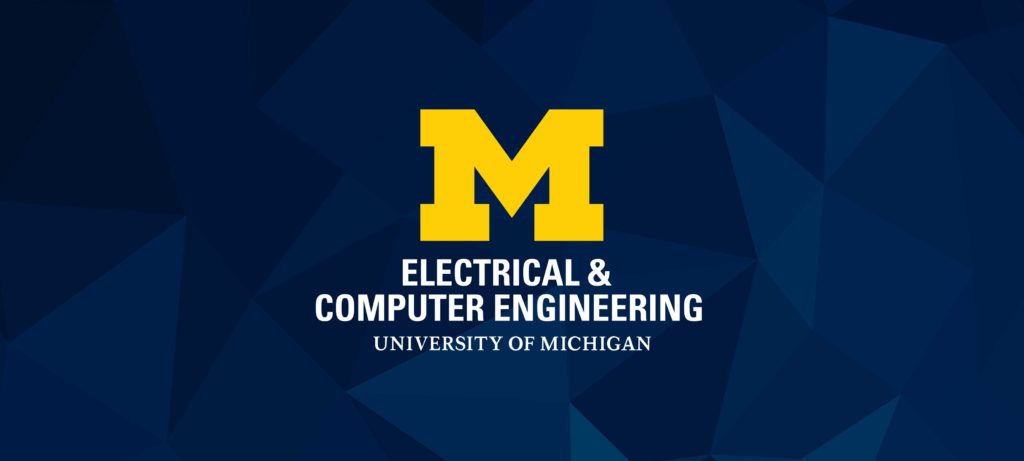Michael Wellman, a U-M Engineering professor, recently took part in a workshop to anticipate and prevent possible adverse outcomes of artificial intelligence.
The post Wellman participates in AI doomsday prevention workshop appeared first on Michigan Engineering News.

 Michigan Engineering | University of Michigan
Michigan Engineering | University of Michigan 
